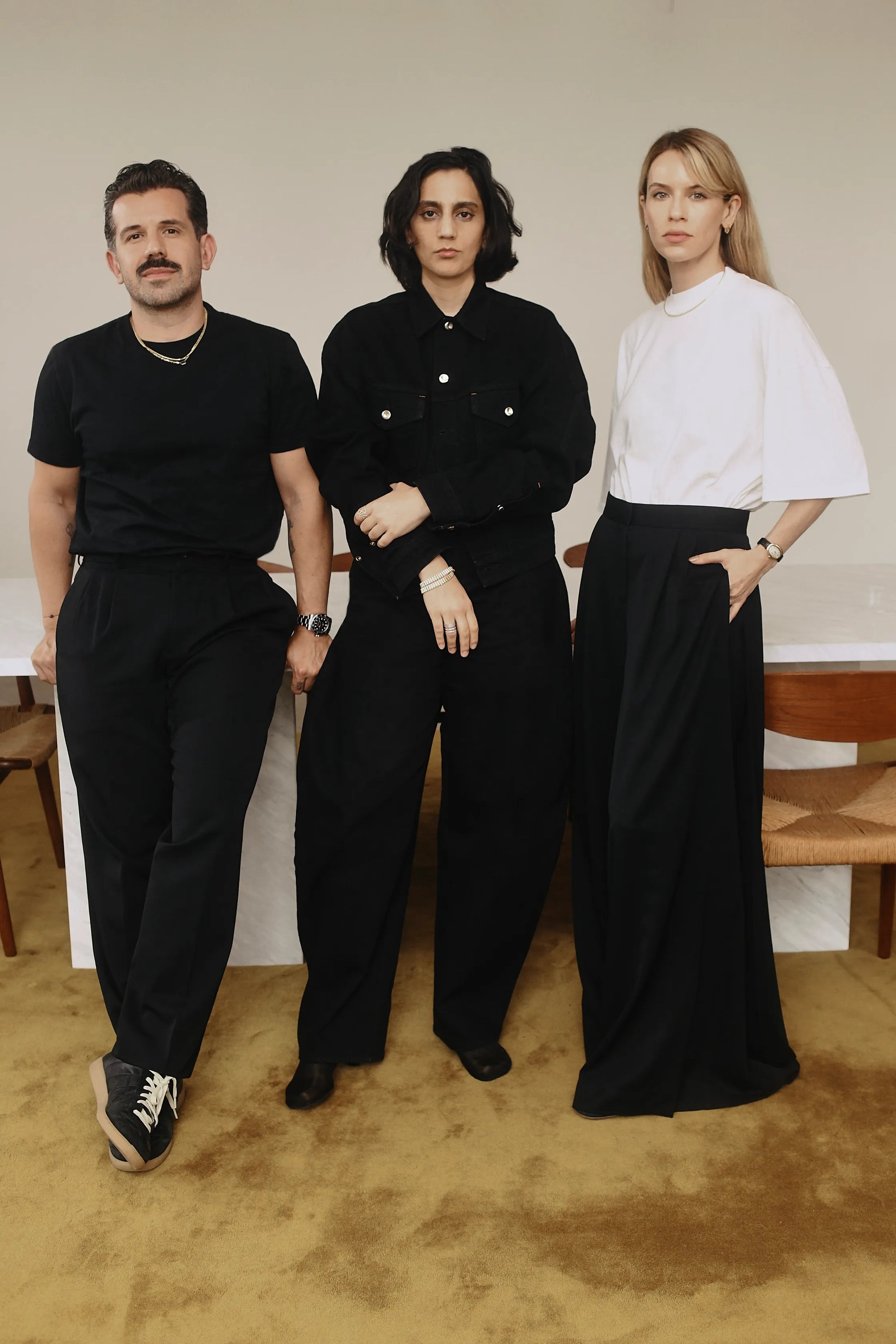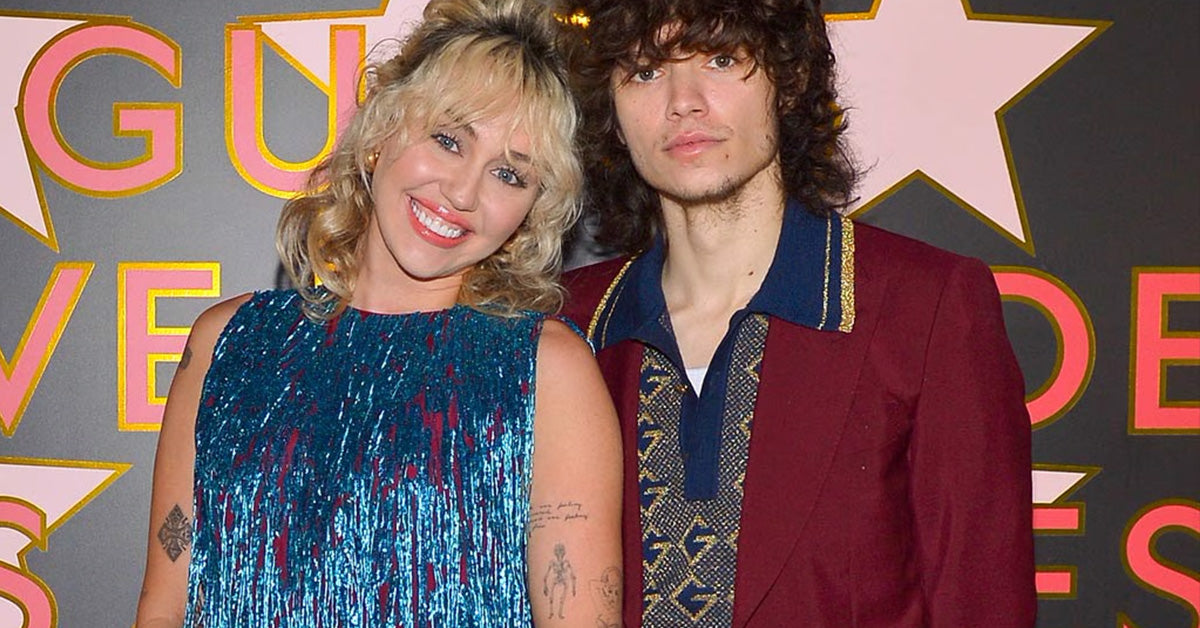The world of fashion is poised for a seismic shift in 2025—a landscape where creativity alone is no longer enough to guarantee success. Aspiring designers and entrepreneurs face a complex web of operational demands, digital expectations, and rapidly evolving consumer behaviors. What does it really take to launch a fashion brand in 2025? The answer is a meticulous blend of artistic vision and business rigor, woven together by those who are agile enough to navigate both worlds. If you are contemplating entering the fashion fray, here’s your definitive guide—an insider’s roadmap that decodes what it truly takes to not just launch, but to thrive.
Brand Identity: The Soul of Your Fashion Venture
Every iconic fashion house starts with a singular idea—a brand identity that speaks louder than any logo or slogan. In 2025, establishing this identity is more nuanced than ever. It’s not just about mood boards and clever branding guides. The brands that cut through the noise are those that project a distinctive voice, a point of view that resonates deeply with their intended audience.
To build this foundation:
- Define your brand’s values: What do you stand for? Sustainability, inclusivity, luxury, or rebellion? Every stitch should echo your ethos.
- Know your audience: Deeply understand the lifestyles, aspirations, and pain points of your target market. Authenticity is paramount—today’s consumer can spot a copycat from a mile away.
- Create visual cohesion: From color palettes to typography, every element should harmonize, creating an unmistakable aesthetic signature.
But remember: Brand identity is an ongoing dialogue—not a one-off exercise. The most successful brands evolve in response to feedback, cultural shifts, and emerging trends, all while maintaining their core DNA.

Business Essentials: The Backbone of Sustainability
It’s easy to be swept up in the glamour of sketches and runway dreams, but the reality is stark: the fashion graveyard is littered with brilliant ideas undone by poor business fundamentals. In 2025, operational excellence is non-negotiable.
- Legal Setup & Banking: Register your business, secure trademarks, and open dedicated accounts. These steps aren’t just bureaucratic hurdles—they safeguard your intellectual property and build credibility with suppliers and partners.
- Website & Digital Presence: Your website is often the first—and sometimes only—interaction potential customers have with your brand. Prioritize a seamless, conversion-oriented experience. Secure your domain and social handles early to ensure consistency across every touchpoint.
- Inventory & Pricing Strategy: The fashion industry’s cash flow challenges are legendary. Carefully calculate inventory requirements to avoid overstocking or missed sales. Your pricing must balance profitability with market fit, taking into account everything from production costs to perceived value.
Strategic planning here is not optional—it’s existential. The brands that thrive are those that treat business infrastructure with the same reverence as creative design.
Product Development: Where Vision Meets Viability

Once your foundation is set, the spotlight shifts to the lifeblood of any fashion brand: the product. In 2025, the pressure is on to deliver collections that are both original and commercially viable. How do you strike that delicate balance?
- Designing Winning Products: Listen to the market without losing your unique voice. The most celebrated collections are those that anticipate consumer desires and offer something irresistibly fresh.
- Manufacturing & Sampling: Building a relationship with reliable manufacturing partners is critical. Sampling is your safety net—test for quality, fit, and finish before scaling up. In the age of social media, a single defective garment can snowball into reputational crisis.
- Production Planning: Will you opt for a pre-order model, reducing waste and upfront costs, or invest in pre-made inventory to deliver instant gratification? Each path carries its own risks and rewards, impacting everything from cash flow to customer loyalty.
The brands that master this stage are those who understand that product development is both an art and a science—a dance between intuition and analytics.

Marketing and Sales: Crafting Desire in a Crowded Market
Even the most extraordinary designs risk obscurity without a robust marketing engine. In 2025, the art of selling fashion is as sophisticated as the garments themselves, marrying digital innovation with time-honored techniques of storytelling and allure.
- Email & SMS Setup: Direct communication channels are essential for nurturing customer relationships and driving repeat business. Personalized messaging outperforms generic blasts, forging emotional connections.
- Social Media Strategy: Your social presence is your storefront, your magazine, your community. Content must be compelling—think behind-the-scenes glimpses, influencer collaborations, and interactive experiences. Consistency breeds trust and recognition.
- Building Hype & Urgency: Strategic launches, limited editions, countdowns, and social proof can transform a new collection into a must-have event. The right anticipation is an accelerant for sales and brand cachet.
- Advertising Approach: Paid ads—whether on Instagram, TikTok, or Google—must be laser-targeted and data-driven to avoid budget blowouts. Measurable ROI is the rule, not the exception.
The bottom line? Fashion marketing in 2025 is about orchestrating desire—inviting consumers to be part of something larger than a purchase, something cultural and aspirational.

Scaling Up: From Boutique to Breakout
The journey from zero to 1,000 sales is fundamentally different from the leap to 10,000. Scaling demands a new playbook, one that pivots from founder-driven hustle to system-driven growth. As you expand, every process—from inventory management to customer service—must be scrutinized and optimized.
- Data-Driven Decisions: Analyze which campaigns convert, which products resonate, and where bottlenecks occur. Let insights dictate investments.
- Building a Team: At some point, growth will outpace what a solo founder can handle. Hiring talent that aligns with your brand culture is crucial for sustainable expansion.
- Customer Experience: As order volumes increase, so does the risk of missteps. Prioritize seamless logistics, transparent communication, and responsive support to cement long-term loyalty.
Scaling is not just about doing more—it’s about doing better, smarter, and with relentless focus on your evolving goals.
Mindset: The X-Factor Behind Every Fashion Breakout
The fashion world, for all its glitz, is a crucible of resilience. Brands that endure are led by founders who treat setbacks as fuel, not failure. In 2025, the industry will reward those who remain nimble—able to pivot in response to market tremors, global shocks, or viral trends.
Adopt a growth mindset:
- Stay Adaptable: Embrace change and view challenges as creative opportunities.
- Persevere: The path is rarely linear. Learn, iterate, and never lose sight of your vision.
- Balance Art and Execution: The next great fashion icon will be as comfortable negotiating supplier contracts as sketching new silhouettes.
Ultimately, fashion in 2025 will belong to those who balance audacious creativity with operational discipline. The brands that make headlines will be those that treat every decision—creative, commercial, or cultural—as part of a larger, strategic narrative.
The Future of Fashion Brands: A New Paradigm
Launching a fashion brand in 2025 is not for the faint of heart. It’s an endeavor that demands more than vision—it requires execution, adaptability, and stamina. But for those who rise to the challenge, the rewards are extraordinary: the chance to shape culture, inspire communities, and leave a lasting imprint on the world’s most dynamic industry.
So, whether you’re sketching your first collection or mapping out your e-commerce funnel, remember: the future belongs to those who dare to blend artistry with acumen. Are you ready to join their ranks?











